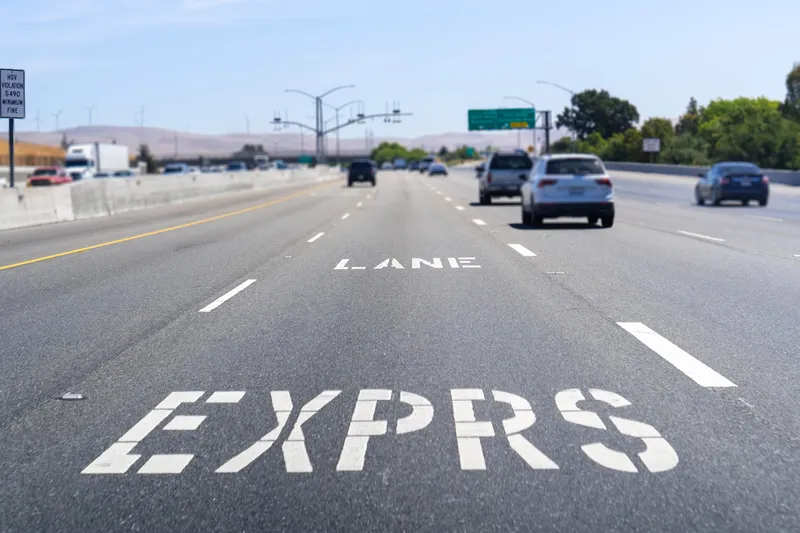A joint venture between Egis Projects and Sanef is paving the way for a new Automatic Number Plate Recognition (ANPR) and transponder-based ‘hub’ for nationwide tolling interoperability in the US. The joint venture, called Secure Interagency Flow LLC, has an agreement with the Alliance for Toll Interoperability (ATI) and operations are due to start by the end of this year. The final contract signings took place at the recent IBTTA conference in Vancouver and within the joint venture Egis will focus on opera
November 13, 2013
Read time: 2 mins

A joint venture between 533 EGIS Projects and 480 Sanef is paving the way for a new Automatic Number Plate Recognition (ANPR) and transponder-based ‘hub’ for Nationwide tolling interoperability in the US. The joint venture, called Secure Interagency Flow LLC, has an agreement with the Alliance for Toll Interoperability (ATI) and operations are due to start by the end of this year. The final contract signings took place at the recent 63 IBTTA conference in Vancouver and within the joint venture Egis will focus on operating activities.
ATI has 40 members and according to president and CEO JJ Eden, ANPR is an ideal bridging technology to bring together the operations of tolling agencies using different front-end solutions. The system addresses the current issues involved in inter-state processes, such as an absence of enforcement legislation in some states and the disproportionate cost of pursuing single tolling transactions.
The hub provides back office facility for members, allowing them to access the account information of other agencies and collect transactions from out-of-state Toll account holders. It also includes financial reconciliation and dispute resolution and paves the way for future implementations such as violation enforcement or license plate data lookup. With large volumes of transactions expected to be processed via the hub, it could help Toll agencies reduce operating costs.
Last year a six-month pilot involved agencies from Colorado, Florida, Maryland, New Jersey, North Carolina and Texas. During the pilot, one of the participating states stood to recoup $1 million which would previously have cost thousands of dollars to collect.
ATI has 40 members and according to president and CEO JJ Eden, ANPR is an ideal bridging technology to bring together the operations of tolling agencies using different front-end solutions. The system addresses the current issues involved in inter-state processes, such as an absence of enforcement legislation in some states and the disproportionate cost of pursuing single tolling transactions.
The hub provides back office facility for members, allowing them to access the account information of other agencies and collect transactions from out-of-state Toll account holders. It also includes financial reconciliation and dispute resolution and paves the way for future implementations such as violation enforcement or license plate data lookup. With large volumes of transactions expected to be processed via the hub, it could help Toll agencies reduce operating costs.
Last year a six-month pilot involved agencies from Colorado, Florida, Maryland, New Jersey, North Carolina and Texas. During the pilot, one of the participating states stood to recoup $1 million which would previously have cost thousands of dollars to collect.










